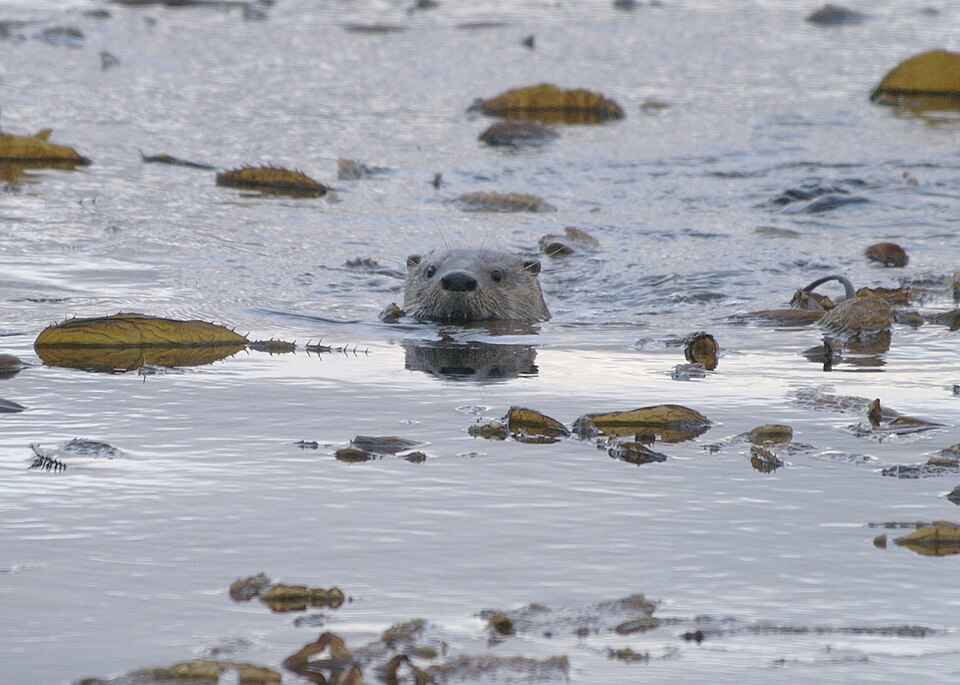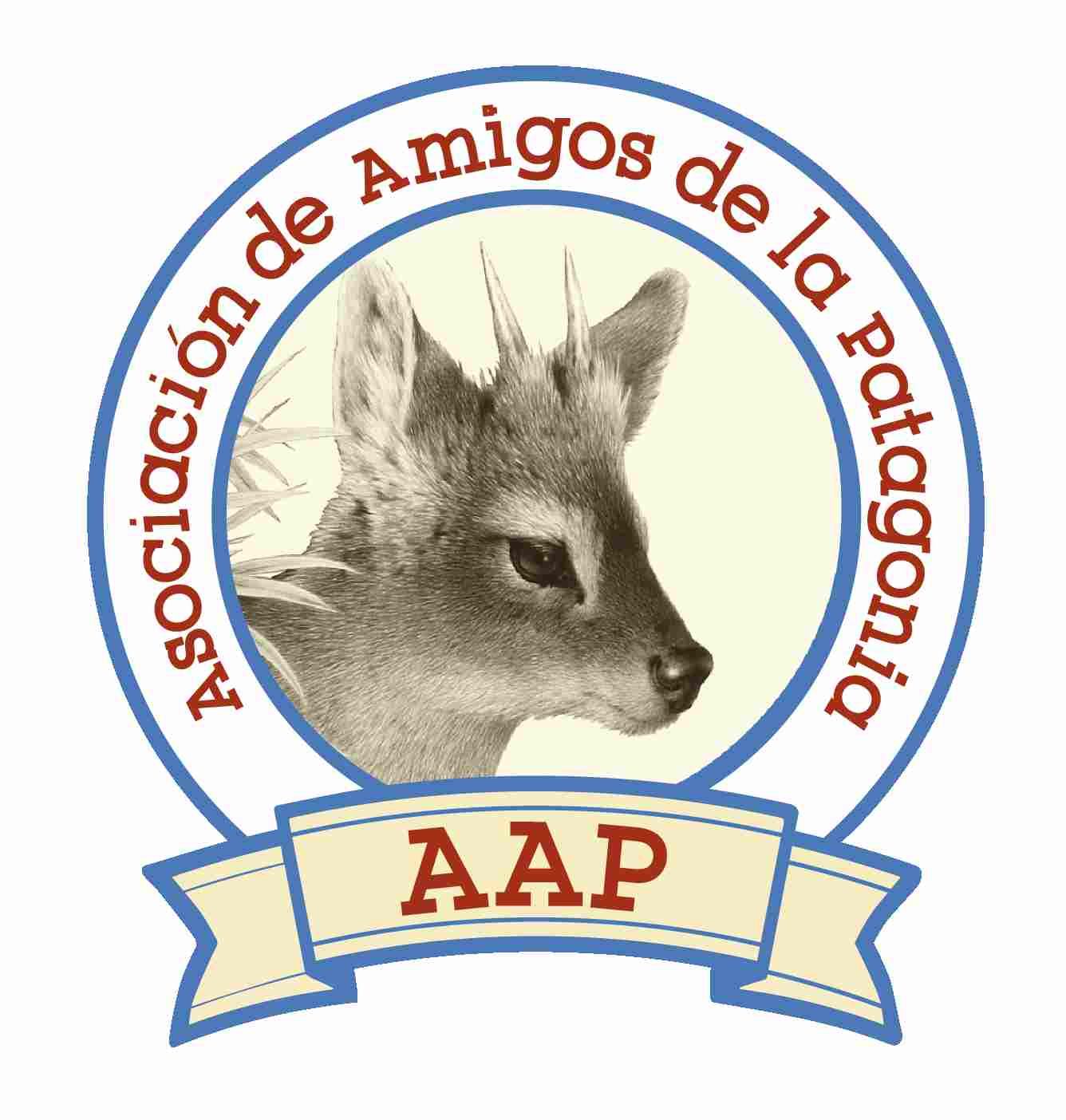
The huillín (Lontra provocax), also known as the Southern river otter, is one of the most endangered mammals in Argentina and Chile. Endemic to the southern cone of South America, this aquatic predator lives in pristine freshwater ecosystems, particularly in the Andean-Patagonian forests. It’s shy and rarely seen, making any encounter a truly special event for wildlife lovers. Picture by Rodrigowsky.
Where to Find It
The huillín’s range is limited and fragmented, restricted to southern Chile and Argentine Patagonia, particularly:
- Lakes and rivers in the Andean forest, including:
- Nahuel Huapi National Park
- Los Alerces National Park
- Lago Puelo
- Futaleufú River area
- Tierra del Fuego
- Coastal regions in southern Chile, including Chiloé Island
These otters depend on clean, undisturbed bodies of water with dense vegetation nearby for shelter.
Physical Characteristics
The huillín is often mistaken for its more widespread cousin, the Neotropical river otter, but it has some distinctive traits:
- Body length: 60–90 cm (24–35 in)
- Tail: 40–50 cm (16–20 in), thick and muscular
- Weight: 5–12 kg (11–26 lbs)
- Fur: Dark brown with a lighter, grayish throat and chest
- Body: Elongated with short legs and webbed feet for efficient swimming
Its dense fur is both waterproof and insulating, allowing it to thrive in cold Andean waters.
Behavior and Diet
Huillíns are semi-aquatic and highly territorial. They are solitary or form small family groups, and are mainly active at dawn and dusk.
Diet:
- Fish (trout, native species)
- Crustaceans
- Amphibians
- Occasionally insects and small birds
They hunt by diving and using their sharp vision and sensitive whiskers to detect prey underwater.
Reproduction and Lifespan
- Breeding can occur year-round, though most births are in spring
- Gestation lasts about 2 months
- Litters consist of 1–2 pups, raised in dens near the water
- The young stay with their mother for several months to learn survival skills
- Lifespan in the wild: 8–12 years
Dens are often located in hollow logs or dug into riverbanks, always close to undisturbed water.
Conservation Status
The huillín is listed as Endangered due to:
- Habitat destruction from dam construction, logging, and tourism
- Pollution of freshwater systems
- Competition with invasive species like trout
- Human disturbance and presence of domestic animals
In Argentina, national parks play a vital role in protecting their habitats. Ongoing research and monitoring projects aim to better understand and protect remaining populations.
Custom tours in Patagonia
The huillín is a hidden gem of Patagonia’s freshwater world. As a bioindicator, its presence signals a healthy, thriving ecosystem. For those lucky enough to witness it gliding through a clear lake or sunning on a rock, the moment captures the spirit of Patagonia’s wild, unspoiled beauty.
We’re a local tour operator based in Buenos Aires, which offers custom tours in Patagonia and other regions of Argentina and Chile. We invite you to contact us, and start planning your next incredible journey to South America!
Get inspired by some of our travel ideas, listed below:
Puma Tracking Tour and Orca Watching
Mision Province & Ibera Wetlands
Orca Whale Watching in Patagonia Argentina
Iguazu Falls, Peninsula Valdes and the Wetlands
Where to see Penguins in Patagonia
Peninsula Valdes: Wildlife Tour
0












